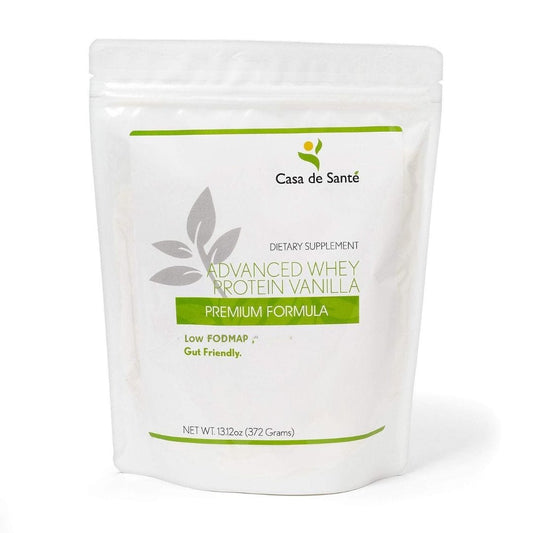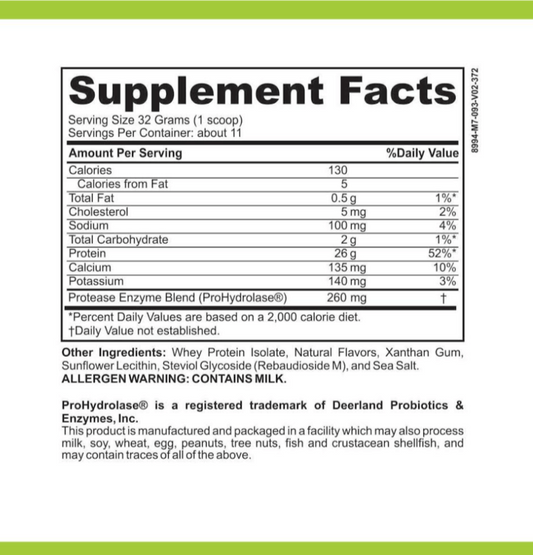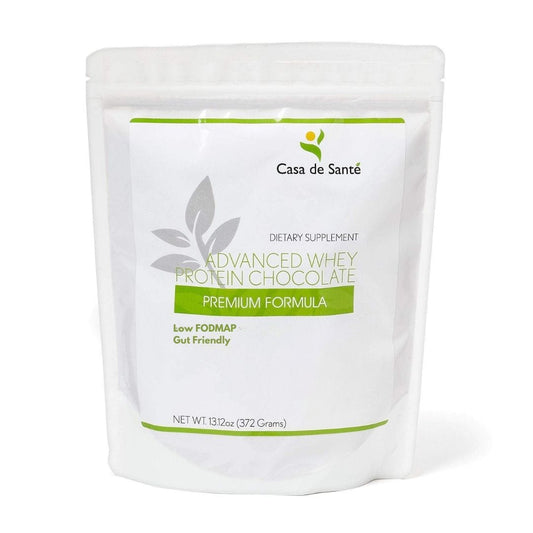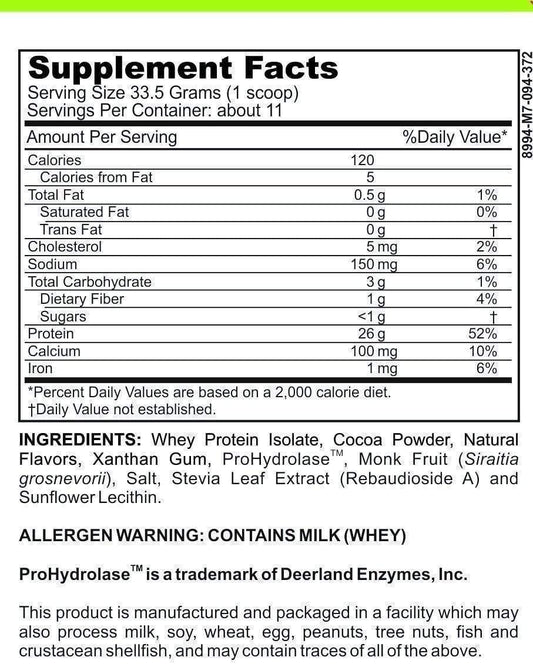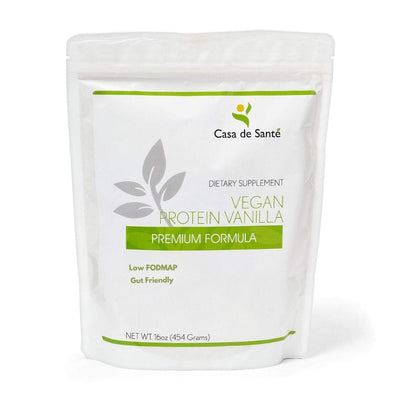Low Carb Flounder Recipes
Low Carb Flounder Recipes
Flounder is a delicious and versatile fish that goes perfectly with a low carb diet. Whether you are new to low carb diets or just looking for new ways to enjoy flounder, this article will provide you with everything you need to know. From understanding the basics of a low carb diet to the nutritional value of flounder and preparing it for low carb recipes, we've got you covered. And of course, we'll share some mouthwatering low carb flounder recipes that you can easily make at home. So let's dive in and explore the world of low carb flounder recipes!
Understanding the Basics of a Low Carb Diet
A low carb diet, as the name suggests, is a diet that restricts the intake of carbohydrates. The main idea behind a low carb diet is to replace high-carb foods with healthy fats and proteins, which can help with weight loss and better overall health. By reducing your carb intake, your body burns fat for fuel instead of relying on glucose from carbs. This metabolic shift can lead to various health benefits, including improved blood sugar control, reduced cravings, and increased energy levels.
But what exactly are carbohydrates? Carbohydrates are one of the three macronutrients, along with proteins and fats, that provide energy for the body. They are found in a wide range of foods, including grains, fruits, vegetables, and dairy products. When you consume carbohydrates, your body breaks them down into glucose, which is then used as the primary source of energy.
There are different variations of low carb diets, such as the ketogenic diet, Atkins diet, and paleo diet. It's important to choose a low carb diet plan that suits your lifestyle and nutritional needs. Each of these diets has its own specific guidelines and restrictions, but they all share the common goal of reducing carb intake.
The Importance of Low Carb Diets
Low carb diets have gained popularity in recent years due to their potential health benefits. One of the main reasons people choose to follow a low carb lifestyle is to lose weight. By reducing carb intake, your body is forced to burn stored fat for energy, leading to weight loss. Additionally, low carb diets have been shown to improve blood sugar control, which is beneficial for individuals with diabetes or pre-diabetes. They can also help reduce inflammation and improve heart health by lowering triglyceride levels and increasing HDL cholesterol.
But weight loss and blood sugar control are not the only benefits of a low carb diet. Research has shown that low carb diets can also improve cognitive function and mental clarity. This is because the brain can use ketones, the byproduct of fat metabolism, as an alternative source of energy. By providing the brain with a steady supply of ketones, a low carb diet can enhance brain function and improve focus and concentration.
Furthermore, low carb diets can help regulate appetite and reduce cravings. When you consume carbohydrates, especially refined carbs like white bread and sugary snacks, your blood sugar levels spike, leading to a rapid increase in energy followed by a crash. This rollercoaster effect can leave you feeling hungry and craving more carbs. By minimizing carb intake and focusing on nutrient-dense foods, a low carb diet can help stabilize blood sugar levels and keep you feeling satisfied for longer periods of time.
How Low Carb Diets Work
When you consume carbohydrates, your body breaks them down into glucose, which is then used as the primary source of energy. However, when carb intake is limited, your body enters a metabolic state called ketosis. In ketosis, your liver converts fat into ketones, which serve as an alternative fuel source. This leads to a decrease in blood sugar levels and an increase in fat burning. By minimizing carb intake and increasing fat intake, you can effectively shift your body into ketosis and start reaping the benefits of a low carb diet.
But it's important to note that not all carbohydrates are created equal. While it's true that a low carb diet restricts overall carb intake, it's also important to focus on consuming high-quality, nutrient-dense carbs. These include fruits, vegetables, and whole grains, which provide essential vitamins, minerals, and fiber. By choosing these types of carbs over processed and refined carbs, you can still enjoy the benefits of a low carb diet while ensuring that your body receives the necessary nutrients for optimal health.
The Nutritional Value of Flounder
Before diving into our delicious low carb flounder recipes, it's important to understand the nutritional value of this fantastic fish. Flounder is an excellent source of lean protein, making it a great choice for those following a low carb diet. It is also rich in essential vitamins and minerals, including vitamin B12, vitamin D, omega-3 fatty acids, and selenium.
Flounder is not only delicious but also packed with nutrients that can benefit your overall health. As a lean protein source, it provides the necessary building blocks for muscle growth and repair. This is especially important for individuals who engage in regular physical activity or are looking to maintain a healthy weight.
One of the standout nutrients in flounder is omega-3 fatty acids. These healthy fats have been extensively studied for their numerous health benefits. Research has shown that omega-3 fatty acids can support heart health by reducing inflammation, improving blood lipid profiles, and lowering blood pressure. By incorporating flounder into your diet, you can help promote a healthy cardiovascular system.
In addition to its heart-healthy properties, flounder is also a good source of vitamin D. This essential vitamin plays a crucial role in bone health, as it aids in the absorption of calcium and phosphorus. By consuming flounder regularly, you can help strengthen your bones and reduce the risk of conditions such as osteoporosis.
Another important nutrient found in flounder is vitamin B12. This vitamin is essential for proper nerve function and red blood cell production. Adequate intake of vitamin B12 is crucial for maintaining a healthy nervous system and preventing conditions such as anemia.
Health Benefits of Flounder
Flounder offers numerous health benefits that make it an excellent addition to your low carb diet. The omega-3 fatty acids found in flounder have been shown to support heart health by reducing inflammation, improving blood lipid profiles, and lowering blood pressure. Flounder is also a good source of vitamin D, which plays a crucial role in bone health, immune function, and mood regulation. Additionally, this versatile fish provides vitamin B12, which is essential for proper nerve function and red blood cell production.
Aside from its nutritional value, flounder is also a low-calorie food, making it an ideal choice for those looking to manage their weight. A 3-ounce serving of flounder contains approximately 100 calories, making it a filling and satisfying option without adding excessive calories to your meal.
Moreover, flounder is a great source of selenium, an essential mineral that acts as an antioxidant in the body. Selenium helps protect cells from damage caused by free radicals and supports a healthy immune system. By incorporating flounder into your diet, you can boost your antioxidant defenses and promote overall well-being.
Flounder in a Low Carb Diet
Flounder fits perfectly into a low carb diet plan. With its high protein content and low carb count, it helps keep you feeling full and satisfied without adding unnecessary carbs to your meal. Flounder is also incredibly versatile, allowing you to create a variety of delicious low carb recipes. Whether you choose to bake, grill, or pan-sear it, flounder can be the star of your low carb culinary creations.
When following a low carb diet, it's important to choose foods that not only fit within your macronutrient goals but also provide essential nutrients. Flounder checks both boxes, as it offers a good balance of protein, healthy fats, and vitamins. By incorporating flounder into your low carb meals, you can enjoy a delicious and nutritious option that supports your dietary goals.
Furthermore, flounder's mild and delicate flavor makes it a versatile ingredient that can be paired with various low carb ingredients. You can create flounder tacos using lettuce wraps instead of tortillas, or enjoy a flounder fillet with a side of steamed vegetables for a satisfying and nutritious meal.
In conclusion, flounder is not only a delicious fish but also a nutritional powerhouse. Its high protein content, omega-3 fatty acids, vitamins, and minerals make it an excellent choice for those following a low carb diet. By incorporating flounder into your meals, you can enjoy its health benefits while satisfying your taste buds with a variety of flavorful recipes.
Preparing Flounder for Low Carb Recipes
Before you start cooking your low carb flounder recipes, here are some essential tips on selecting and storing fresh flounder, as well as basic cooking techniques:
Selecting and Storing Fresh Flounder
When choosing fresh flounder at the fish market or grocery store, look for fish that has a firm texture and a mild, oceanic smell. Avoid fish that has a fishy odor or appears slimy. Fresh flounder should have clear, bright eyes and shiny, metallic skin. Store your flounder in the refrigerator at a temperature of 32°F to 38°F (0°C to 3°C) and use it within two days for optimal freshness.
Basic Cooking Techniques for Flounder
There are several cooking techniques you can use to prepare flounder for your low carb recipes:
- Baking: Baking flounder is a simple and healthy way to cook it. Preheat your oven to 375°F (190°C), lightly oil a baking dish, season the fish with your desired herbs and spices, and bake for about 10-12 minutes or until the fish is opaque and flakes easily with a fork.
- Grilling: Grilled flounder is a delicious option that imparts a smoky flavor to the fish. Preheat your grill to medium-high heat, lightly oil the grates, season the fish with lemon juice, dill, salt, and pepper, and grill for approximately 4-5 minutes per side or until cooked through.
- Pan-Searing: Pan-searing flounder gives it a crispy exterior while keeping the interior moist and tender. Heat a non-stick skillet over medium-high heat, add a small amount of oil or butter, season the fish with almond flour, salt, and paprika, and cook for about 3-4 minutes per side or until golden brown.
Delicious Low Carb Flounder Recipes
Now that you know how to select, store, and cook flounder, it's time to explore some incredibly tasty low carb flounder recipes:
Baked Flounder with Herbs
This simple and flavorful recipe combines the natural taste of flounder with aromatic herbs. Preheat your oven to 375°F (190°C). Place the flounder fillets in a lightly oiled baking dish. Season with salt, pepper, garlic powder, and your choice of fresh herbs such as thyme, rosemary, or parsley. Drizzle with olive oil and bake for approximately 12-15 minutes or until the fish is cooked through. Serve with a side of steamed vegetables for a complete low carb meal.
Grilled Flounder with Lemon and Dill
Inspired by the fresh flavors of summer, this grilled flounder recipe is a crowd-pleaser. Preheat your grill to medium-high heat. Season the flounder fillets with salt, black pepper, and a squeeze of fresh lemon juice. Sprinkle with chopped fresh dill and place the fish on the preheated grill. Grill each side for about 4-5 minutes or until the fish is opaque and flakes easily. Serve with a squeeze of lemon juice and a side salad for a light and refreshing meal.
Pan-Seared Flounder with Almond Flour
For a low carb twist on a classic dish, try pan-seared flounder with almond flour coating. Heat a non-stick skillet over medium-high heat. In a shallow dish, combine almond flour, salt, paprika, and a pinch of cayenne pepper. Dip each flounder fillet into the almond flour mixture, coating both sides evenly. Add a small amount of oil or butter to the skillet and cook the flounder for approximately 3-4 minutes per side or until golden brown and crispy. Serve with a squeeze of lemon juice and a side of sautéed vegetables for a satisfying low carb meal.
Tips for Creating Your Own Low Carb Flounder Recipes
If you're feeling inspired to create your own low carb flounder recipes, here are some tips to help you get started:
Choosing the Right Ingredients
When creating low carb flounder recipes, opt for ingredients that are low in carbs but high in flavor. Fresh herbs, spices, and citrus fruits can add a burst of taste without adding unnecessary carbs. Additionally, experiment with different low carb coatings such as almond flour, coconut flour, or crushed pork rinds to give your flounder a crispy texture.
Balancing Flavors in Low Carb Recipes
Creating delicious low carb flounder recipes is all about finding the perfect balance of flavors. Pair the mild flavor of flounder with bold ingredients like garlic, lemon, herbs, or spices to create a well-rounded and satisfying dish. Don't be afraid to get creative and combine different ingredients to find flavor combinations that you enjoy.
As you can see, low carb flounder recipes offer a healthy and delicious way to enjoy this versatile fish. Whether you choose to bake, grill, or pan-sear your flounder, there are endless possibilities to explore. By following a low carb diet and incorporating flounder into your meals, you can experience the benefits of improved health and weight management. So why wait? Start incorporating these low carb flounder recipes into your weekly meal plan and savor the flavors while staying on track with your low carb lifestyle!









